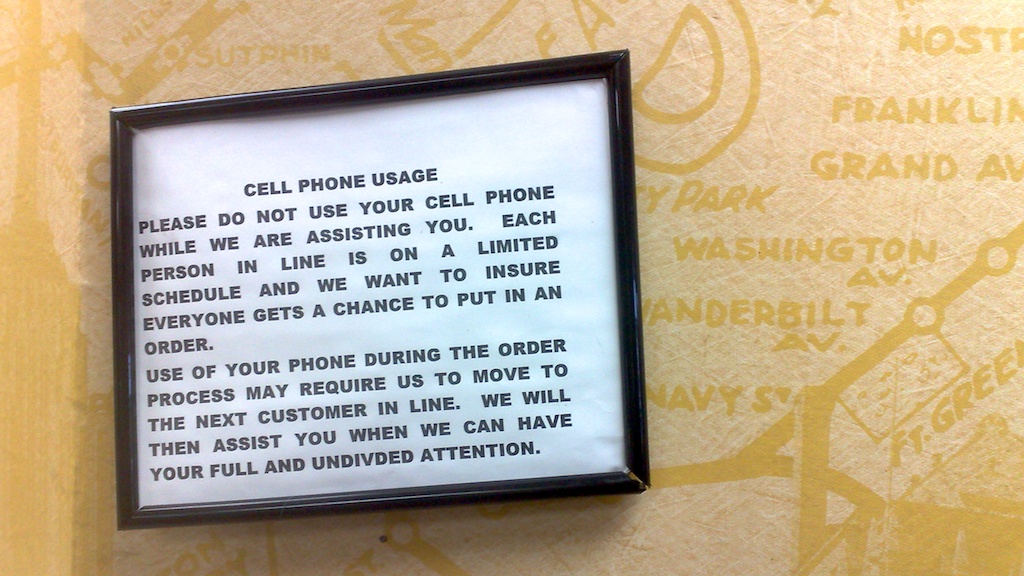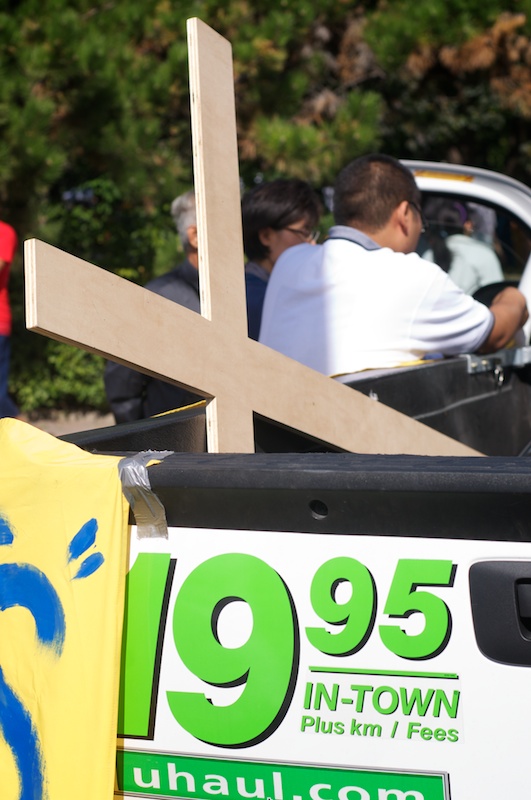One can fairly simply write a module to dump data into Inflo. The first thing I populated the database with was with some population data and then surface area data. I’m currently thinking of adding GDP data. Any ideas as to what other easily mineable data I ought to include?
Hello, Inflo
And now for something completely different: the post that I’ve alluded to for a few weeks (and as far back as last year)…
Newest CS assignment for CSC120
Yesterday, Michelle Craig and I were discussing ideas for the last assignment for her CSC120 class, Computer Science for Scientists. The assignment had to include some components of databases, Python dictionaries, file reading, and string parsing. What we settled on was automatically generating a class composite; the idea was based off of what I had for the Food-In conference. Instead of including the group that each person belonged to as I had for the Food-In attendees, we’ll put something in like college, instruments played, favourite transition metal, or programme of study. Food-in composite, generated entirely in Python from individual headshots, after the jump.
Continue reading “Newest CS assignment for CSC120”
Sad sign of the times
On my way back from Boston, the bus I was taking had a food stop in Syracuse. My two choices for hot food were Dunkin’ Donuts and Subway. Having tried an all-day breakfast item from Dunk’s on the way to Boston due to a long line-up at Subway and been non-plussed, I quickly made my way to the end of the queue for Subway. There, I was greeted by a plaque that seemed to capture several things that seem to be wrong about society today.

The Paperclip Chronicles: Episode II — Cherry Pie
The Paperclip Chronicles document adventures involving the humble paperclip, a piece of office stationery so versatile that it has become a staple (no pun intended) of my day-pack.
It turns out that paperclips are handy for removing the pits from cherries. Who’da thunkit? Just dig the paperclip into the middle of the cherry and pry out the pit. Learned this trick at Hot Yam! for our July 15th meal from Hannah Sobel. Remember to sanitize the paperclip, first!
A town cross
Saw this at a parade on the weekend… When Jesus said, “Take up your cross and follow me,” I somehow doubt He had a U-Haul in mind.

Wind-powered server farms
I finally registered a domain for myself, but it was somewhat of an impulse buy. The hosting company was having a sale ($2.95/month, domain included), but that wasn’t what sold me. It was the energy source for the servers: wind power. Perhaps they have backup fossil-fuel-burning generators and maybe their offices aren’t nearly as green, but the folks at FatCow are mooving in the right direction. They lacked some features I would have liked to have and their servers sometimes seem slow to respond (shutting down servers due to lack of wind?), but we all have to make sacrifices, right?
Oh, and until August 24th, if you sign up at http://www.fatcow.com/secret with code AUG295, you, too, can get web hosting on a clean-energy-powered server for a year for $2.95 per month. I get $25 credit if you enter heresjono.com as your referrer. Please do!
Car with MPD
On Wednesday at the corner of Wilcocks Ave. and St. George St., a car appeared to be confused as to whether it was playing red light/green light or baseball. At first, it stopped at the red light. Then it slowly crept forward a few centimetres as if stealing a base before stopping again, repeating the process as if to say, “Ha ha, Red-light Camera! If I go slowly enough, you can’t see me!” It was about half way through the intersection when the light for its direction turned green and it was clear to go. VROOOM.
Send in the terrorists!
I’ve spent numerous summers abroad and missed Canada Day (July 1st) probably close to a dozen times. However, this year I felt particularly unpatriotic despite singing O Canada in the Union Oyster House with some random Canadians from Kingston who were in Boston for the weekend. However, after spending a few days in Boston as a tourist, I couldn’t help but become ensconced in feelings of American patriotism, feeling proud of America and its accomplishments, and a deep sympathy for its fallen heros.

Scientific reporting in the popular media
Reporting of science in popular media such as newspapers and magazines is, in general, of dubious quality. Journalists that report on science, it appears, need no understanding of science. Causation and correlation; statistical significance and knowing something for certain; hype and expectation: in the minds of many journalists, these appear to be equivalent. Can we blame them, though? Even if a scientist’s work is faithfully reported, can we expect readers to keep these things separate? Probably not, but the blame can then be placed on science education and perhaps a lack of space for an article. Approaching an article on the effectiveness of the suicide barrier on the Bloor Viaduct in the on-line version of the Globe and Mail with my low expectations, I was very pleasantly surprised to find an embedded copy of the original report. Kudos to the author, Anna Mehler Paperny, and kudos to the Globe. I hope more organizations learn from this example.
